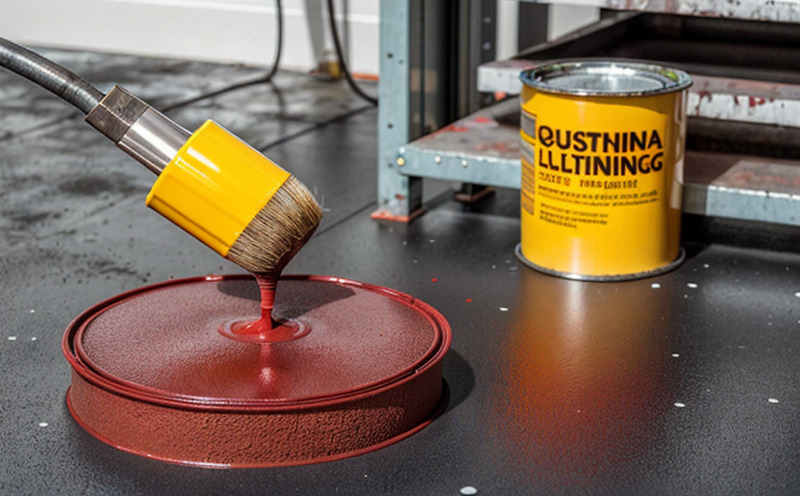ISO 8501 Surface Cleanliness Testing for Paint Application
The importance of surface cleanliness in paint application processes cannot be overstated. A contaminated or dirty surface can lead to poor adhesion, reduced durability, and ultimately, compromised performance of the final product. ISO 8501-1:2022 provides a standardized method for determining the nature and extent of surface contamination on metallic substrates prior to painting.
The test procedure involves several steps that ensure accurate measurement and reporting of surface cleanliness levels. The first step is the visual assessment using a grade 3 magnifying glass, which allows technicians to identify any visible contaminants present on the surface. This qualitative evaluation sets the stage for further quantitative testing if required.
For more precise measurements, the test proceeds with the use of a clean steel wool or similar abrasive material, rubbed gently across different areas of the metal substrate. The amount of dirt transferred from the substrate to the wool is then visually compared against standard reference charts provided in ISO 8501-1:2022. These charts categorize surface cleanliness into various grades based on the quantity and type of contaminants observed.
Understanding these categories helps manufacturers select appropriate cleaning methods tailored to their specific needs, ensuring that all surfaces meet stringent quality standards before paint application begins. This approach not only enhances product performance but also ensures consistent outcomes across different batches and manufacturing environments.
The application of ISO 8501-1:2022 in industrial settings has been widely recognized for its reliability and accuracy. Its implementation helps prevent costly reworks due to poor paint adherence, thereby reducing overall production costs while improving customer satisfaction through higher quality standards.
For industries such as automotive manufacturing, aerospace engineering, and general industrial fabrication where surface integrity plays a critical role in ensuring longevity and safety of products, adhering to this standard becomes essential. By following these procedures diligently, companies can maintain compliance with international regulations while enhancing their reputation for producing top-tier goods.
The robustness of ISO 8501-1:2022 lies not only in its ability to provide consistent results but also in its versatility across diverse applications within the industrial sector. Whether it's automotive body panels, aircraft fuselages, or structural steel components used in construction projects, this method remains a cornerstone for ensuring optimal paint adhesion.
It is worth noting that while ISO 8501-1:2022 focuses primarily on metallic substrates, similar principles can be applied to other materials like plastics and composites depending upon the specific requirements of individual projects. The key lies in adapting the testing procedures accordingly without deviating from the core objective - achieving clean surfaces capable of supporting high-quality paint finishes.
In conclusion, implementing ISO 8501-1:2022 surface cleanliness testing protocols is crucial for any manufacturer aiming to produce superior quality products. By adhering strictly to these guidelines, businesses can significantly improve the performance and longevity of their finished goods while maintaining strict adherence to industry best practices.
| Standard Name | Year Published | Description |
|---|---|---|
| ISO 8501-1:2022 Surface preparation -- Steel and iron -- Determination of the nature and extent of surface contamination by means of clean steel wool | 2022 | This standard outlines procedures for determining the level of surface cleanliness on metallic substrates using a clean steel wool method. |





